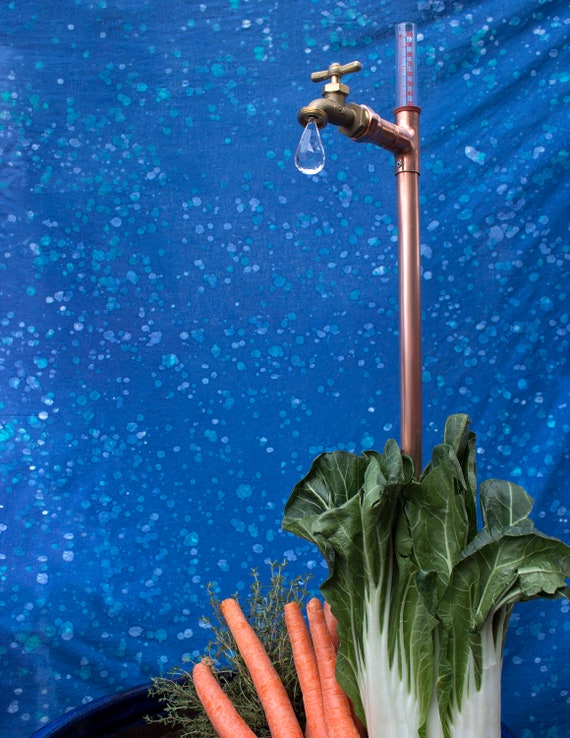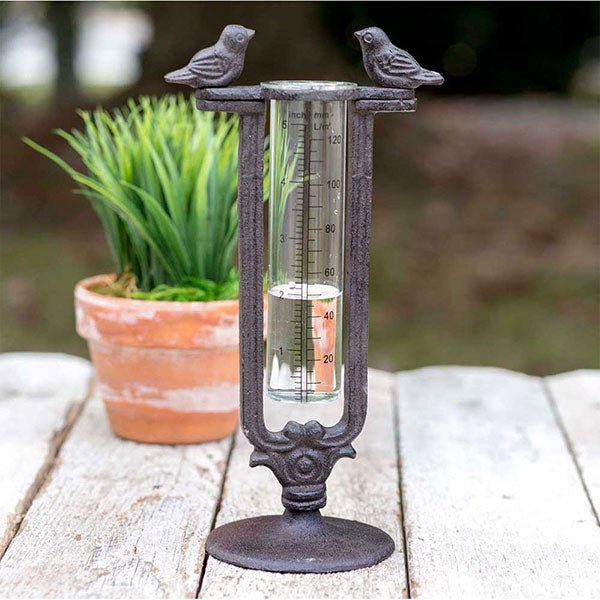The Rain Gauge: Figuring Out Rain Patterns and Enhancing Climate Understanding
The Rain Gauge: Figuring Out Rain Patterns and Enhancing Climate Understanding
Blog Article
Recognizing Rain Gauge Measurements: A Full Overview
Understanding Rainfall Scale Dimensions: A Complete Guide is a thorough source for any individual looking for a deeper understanding of rainfall scale measurements. Rain is a critical consider numerous industries, consisting of water, agriculture, and weather forecasting resource administration. This overview aims to provide viewers with a complete understanding of the importance of rain scale measurements, the various kinds of rainfall gauges available, and just how these dimensions are obtained and interpreted. Furthermore, it checks out the factors that can affect the accuracy of rain scale readings and uses sensible tips for obtaining accurate dimensions. Whether you are a professional in the field or simply have an inquisitiveness concerning rainfall measurement, this guide will equip you with the understanding required to effectively use rain gauge dimensions.
The Significance of Rain Gauge Measurements
The relevance of rain scale measurements lies in their role as an essential tool for precisely evaluating and keeping track of rainfall levels - The Rain Gauge. Rain gauge measurements offer important data that helps meteorologists and hydrologists recognize patterns and patterns in rains, which in turn help in different fields such as agriculture, water resource management, and environment research study

Accurate rainfall dimensions are important for agriculture as they assist in establishing watering needs, crop growth, and return predictions. Farmers rely on this info to make enlightened choices regarding when to sprinkle their crops, protecting against water wastage and making sure optimum plant health and wellness. In addition, rainfall data helps in examining the influence of dry spells or excessive rainfall on crop manufacturing, making it possible for farmers to take ideal procedures to decrease losses.
Water source administration heavily relies upon rainfall scale dimensions to identify the amount of water offered in rivers, lakes, and storage tanks. Precise measurements enable water supervisors to make informed decisions about water allowance and circulation, guaranteeing sustainable usage and preventing shortages. This details is especially critical in areas where water deficiency is a pushing problem.
In addition, rain scale dimensions play a crucial function in climate study. By precisely gauging rains over prolonged durations, researchers can assess long-lasting environment patterns and recognize adjustments in precipitation patterns as a result of environment change. This information aids policymakers and scientists create strategies to adjust to and alleviate the impacts of climate change.
Sorts Of Rainfall Gauges
There are numerous kinds of rain assesses used to gauge rainfall accurately. Each kind has its own advantages and constraints, making them appropriate for different objectives and settings.
One of the most typical kind of rain scale is the conventional cylindrical scale. It consists of a round container with a large funnel-shaped top to collect rainwater (The Rain Gauge). The water is after that funneled into a finished determining tube, permitting for exact measurement of the quantity of rains
One more type is the weighing rainfall scale. This gauge uses a delicate equilibrium to determine the weight of the gathered rains. By converting the weight right into quantity, the quantity of rainfall can be identified. Considering rain gauges are specifically helpful in locations with frozen precipitation or hefty rainfall, as they are not influenced by splashing or dissipation.
Tipping bucket rainfall evaluates utilize a device that tips a little bucket each time it gathers a details amount of rainwater. The number of pointers is videotaped and used to calculate the rainfall. This sort of gauge is frequently made use of in automated climate stations due to its low maintenance requirements and capability to supply real-time information.
Ultimately, there are radar-based rainfall determines that usage radar modern technology to approximate rainfall. These gauges measure the strength of rains in a specific area by assessing the mirrored radar signals. They are especially beneficial for determining rainfall over huge areas or in remote places.
How Rainfall Scale Measurements Work
Rain scale dimensions are based on the principle of measuring the quantity and gathering of precipitation. These instruments are created to catch rain and offer a precise measurement of the rainfall in a specific area.
One of web link the most usual sort of rain scale is the conventional cylindrical scale. It is composed of a cylindrical container with a wide opening at the leading to accumulate rainwater. The collected water is after that funneled right into a measuring tube, which is adjusted to offer check my source the dimension in systems of length, typically inches or millimeters.
One more sort of rainfall gauge is the tipping pail scale. When they reach a particular weight threshold, it utilizes a seesaw-like system with 2 containers that tip. Each tip of the pail represents a particular volume of rains, enabling for specific measurements.
Some innovative rainfall assesses are geared up with electronic sensing units that instantly record and transfer data. These sensing units make use of different innovations such as ultrasound or laser to gauge the amount of rains accurately.
Aspects Impacting Rain Scale Accuracy
Elements that can influence the accuracy of rainfall scale measurements include different ecological and operational variables. Ecological variables such as wind, temperature, and air pressure can considerably influence the accuracy of rain gauge dimensions. Solid winds can create the rain gauge to relocate or turn, resulting in inaccurate readings. In a similar way, severe temperature levels can create evaporation or freezing of the accumulated rain, bring about distorted dimensions. Adjustments in climatic stress can additionally affect the accuracy of rainfall scale dimensions, as they can alter the rate at which rains is collected.
Functional variables, on the various other hand, refer to variables related to the layout, installment, and upkeep of the rain gauge. The positioning of the rainfall gauge in an area with blocked air movement or near trees or structures can bring about imprecise analyses because of blockage or splattering of rainfall. Moreover, inappropriate calibration or uneven upkeep of the rain scale can additionally influence its precision.
To guarantee the precision of rainfall scale dimensions, it is important to think about these elements and take appropriate actions. This may involve picking a suitable location for the rainfall gauge, making certain appropriate installation and maintenance, and frequently adjusting the instrument. By attending to these elements, exact and trusted rainfall dimensions can be obtained, which are critical for various applications such as climate projecting, hydrological studies, and farming.
Tips for Accurately Determining Rain
To guarantee exact rainfall dimensions, it is essential to carry out specific techniques and strategies when utilizing a rainfall scale. Here are some ideas for precisely gauging rainfall:
Appropriate Positioning: Position the rain gauge in an open area, far from trees, structures, and various other obstructions that might interfere with the rainfall collection. It should be placed on a degree surface to avoid water merging or overflow.

Read the Scale Properly: When taking measurements, reviewed the water degree at eye degree from all-time low of the meniscus. Avoid parallax mistakes by straightening your view straight with the water degree.
Regular Time Period: Establish a constant time period for determining rainfall, such as every 24 hours or after each rains read here occasion. This makes sure exact monitoring and comparison of precipitation data.
Record Measurements Without delay: Record rains dimensions asap after collection to avoid evaporation or spillage. Use a rainfall scale with a built-in information logging attribute for automated recording.
Final Thought
In final thought, recognizing rain gauge dimensions is vital for precisely determining rainfall. It is essential to take into consideration factors that can impact the accuracy of rain scale measurements, such as wind, placement, and dissipation.
Recognizing Rainfall Gauge Dimensions: A Full Guide is a thorough resource for any person looking for a much deeper understanding of rain gauge dimensions. Whether you are a specialist in the area or just have an inquisitiveness about rainfall dimension, this overview will certainly equip you with the expertise required to properly utilize rain scale measurements.
The most common type of rainfall scale is the standard cylindrical scale.The most usual type of rain gauge is the common round scale.Another type of rain gauge is the tipping container gauge.
Report this page